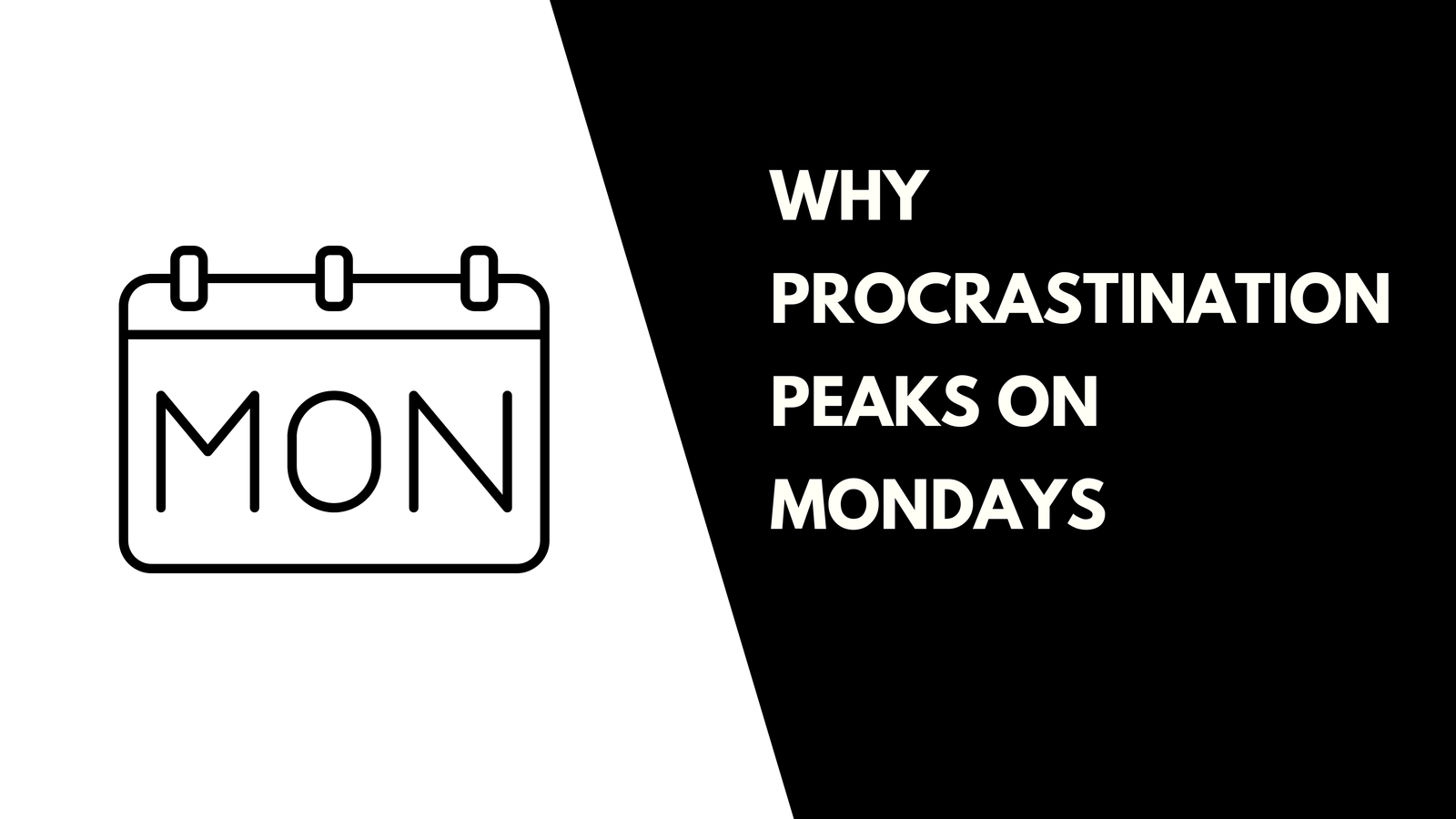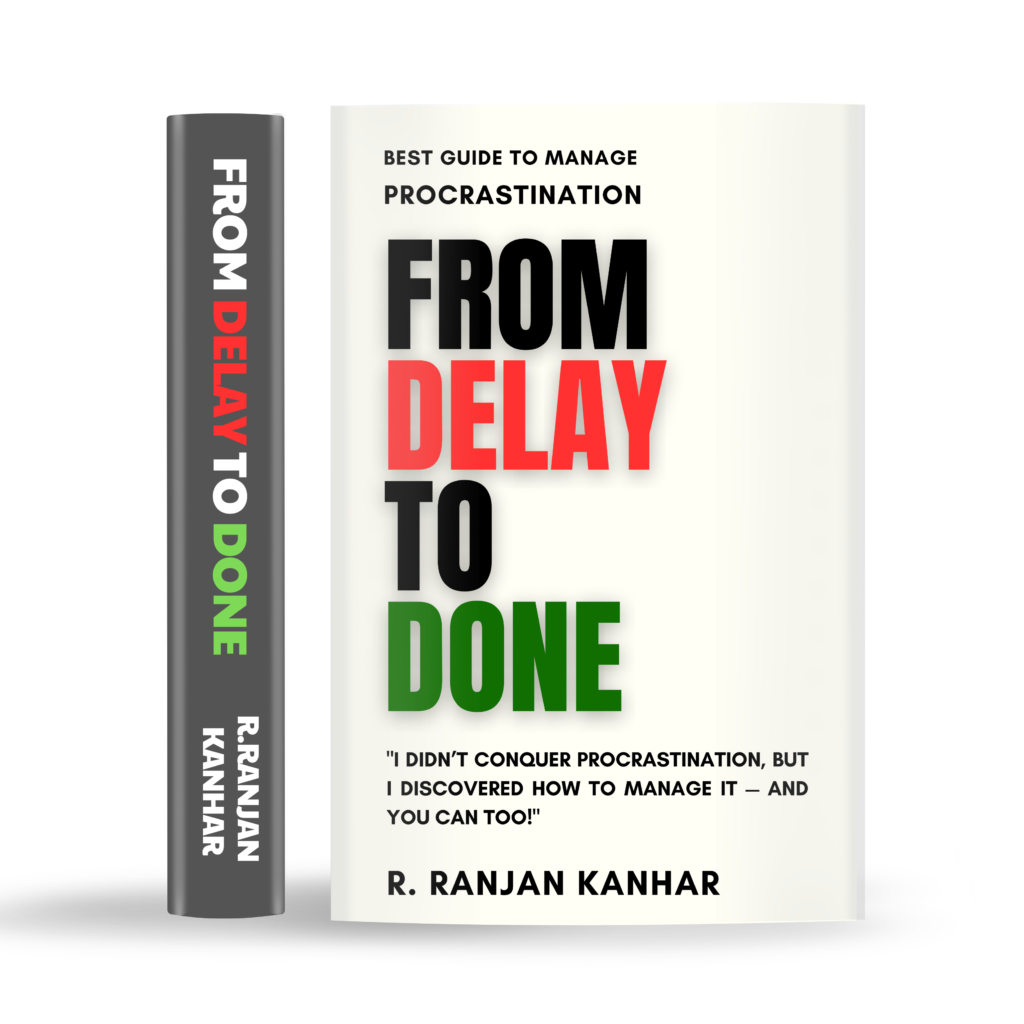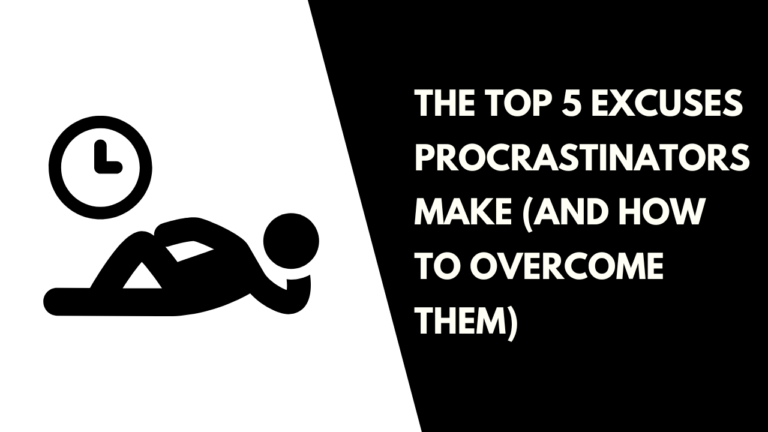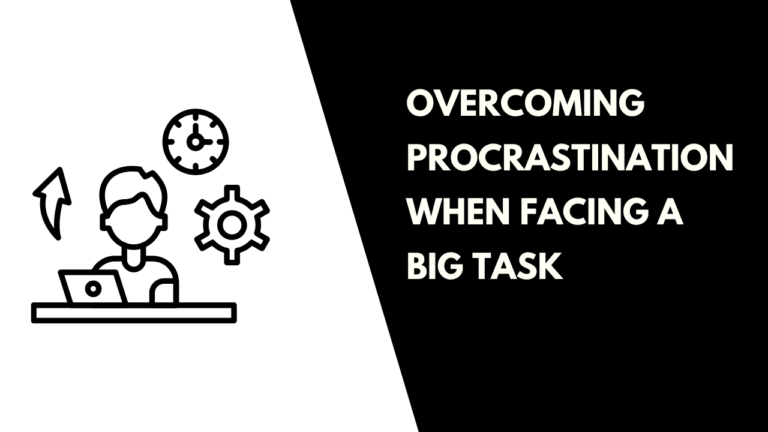Why Procrastination Peaks on Mondays (and How to Avoid It)
Introduction: why procrastination peaks on Mondays
It’s Monday morning. Your alarm buzzes, and instead of jumping out of bed, you hit snooze—just once, then twice. Before you know it, you’re scrolling social media, delaying the inevitable start of your workweek. By the time you sit at your desk, your to-do list looks overwhelming, and instead of tackling the most critical task, you convince yourself to check emails, browse news articles, or make yet another cup of coffee.
Table of Contents
ToggleSound familiar? You’re not alone. Mondays are notorious for peak procrastination. But why does procrastination peak on Mondays? More importantly, how can we break this cycle and start the week productively?
Let’s dive deep into the psychology of Monday procrastination, why we procrastinate, and practical ways to manage procrastination effectively.
Why Procrastination Peaks on Mondays
Mondays are like the “New Year” of every week—full of fresh goals, renewed commitments, and the pressure to start strong. But ironically, that pressure often leads to delay. Here’s why:
1. The Weekend Effect: Breaking the Flow
Weekends are meant for relaxation, fun, and stepping away from work responsibilities. However, this shift from a structured weekday routine to a laid-back weekend lifestyle creates a psychological inertia. When Monday arrives, our brain resists the sudden shift back into work mode.
Example: Imagine you spend the weekend binge-watching your favorite Netflix series, sleeping in, and going out with friends. On Monday morning, the idea of diving into complex tasks feels overwhelming. Your brain craves just “a little more” of that weekend relaxation, leading you to postpone work-related tasks.
2. Decision Fatigue: Too Many Choices at Once
Mondays often come with an overloaded task list. The sheer number of pending emails, meetings, and unfinished work from the previous week can feel daunting. When faced with too many decisions, our brain opts for the easiest way out—procrastination.
Example: You open your laptop and see 50 unread emails. Instead of prioritizing tasks, you end up mindlessly scrolling through them, not actually responding but simply avoiding the bigger responsibilities.
3. Lack of Motivation: The Monday Blues
Mondays often feel dull, especially after a fun weekend. If you’re not passionate about your work or dreading an upcoming project, procrastination becomes a coping mechanism to delay discomfort.
Example: A corporate employee who dislikes their job might find themselves delaying work by taking longer coffee breaks, chatting with coworkers, or spending time setting up their workspace rather than working.
4. Perfectionism Paralysis
Mondays often come with the pressure to “start fresh” and get everything right. Perfectionists, in particular, delay tasks because they feel they need the “perfect” mindset or plan before starting.
Example: A student with a research paper due at the end of the week may avoid starting on Monday, convincing themselves they need to “research a little more” before actually writing.
5. Dopamine Craving: Seeking Instant Gratification
The weekend is filled with dopamine-boosting activities—social interactions, fun outings, or just relaxing. Monday, on the other hand, feels boring. Our brain seeks quick dopamine hits, leading us to engage in low-effort, high-reward activities like social media scrolling, online shopping, or watching YouTube videos instead of working.
Example: Instead of drafting an important client proposal, an entrepreneur may find themselves mindlessly scrolling through Instagram, convincing themselves they’ll “start in 5 minutes.”
Managing Procrastination: How to Overcome Monday Delays
Now that we understand why procrastination peaks on Mondays, let’s explore how to manage procrastination effectively.
1. Plan Your Monday on Friday
One of the best ways to avoid Monday procrastination is to plan ahead. Before logging off on Friday, create a to-do list for Monday. This reduces decision fatigue and provides clear direction as soon as you start your week.
Actionable Tip: Before you end your workweek, write down three priority tasks for Monday. Keep it visible on your desk or digital planner.
2. Start with a Small, Easy Task
Jump-starting productivity doesn’t require tackling the hardest task first. Instead, begin with something easy to gain momentum. The “2-Minute Rule” (from David Allen’s productivity method) suggests starting with a task that takes less than two minutes, which can trigger motivation to do more.
Example: Instead of diving straight into a major report, start by organizing your workspace or replying to a simple email. This small win can build momentum.
3. Use the 5-Second Rule
Mel Robbins’ 5-Second Rule is a powerful tool to combat procrastination. The moment you feel the urge to delay a task, count down “5-4-3-2-1” and take action immediately. This technique prevents your brain from overthinking and falling into procrastination.
Example: If you’re struggling to start writing a report, simply count down from five and begin typing—even if it’s just a rough draft.
4. Break Tasks into Smaller Steps
Large projects can feel overwhelming, leading to avoidance. Instead of viewing your work as one massive task, break it down into micro-steps.
Example: If you need to prepare a presentation, don’t think of it as one big task. Instead, break it into steps like:
- Outline key points
- Design 3-5 slides
- Add images and visuals
- Review and finalize
5. Create a Monday Ritual
Having a structured Monday morning routine can help reset your mindset. This could include:
✅ Waking up at the same time every Monday
✅ Doing a short workout or meditation
✅ Having a specific breakfast
✅ Spending 10 minutes reviewing your to-do list
Example: A writer struggling with procrastination could start their Monday with a 15-minute journaling session to boost creativity before diving into work.
6. Use the Pomodoro Technique
The Pomodoro Technique involves working in short bursts (e.g., 25 minutes) followed by a 5-minute break. This makes work feel more manageable and prevents burnout.
Example: If you have a long report to write, work on it for 25 minutes, then take a short break before continuing.
7. Reward Yourself for Progress
Our brains love rewards. Associating work with small rewards can make it easier to stay motivated.
Example: Tell yourself, “If I complete two tasks before noon, I’ll treat myself to my favorite coffee or a short walk.”
Conclusion: Make Mondays Work for You
Now that you understand why procrastination peaks on Mondays and how to manage procrastination effectively, it’s time to take action. Instead of falling into the Monday slump, use these strategies to start your week on a productive note.
Remember, small changes lead to big results. The key to overcoming Monday procrastination isn’t about forcing yourself to be productive but creating habits that make work feel effortless.
So next Monday, instead of hitting snooze, try planning ahead, starting small, and using productivity hacks to take control of your week. Your future self will thank you!
Why procrastination peaks on Mondays
Do you struggle with Monday motivation? What are your go-to strategies for managing procrastination? Share your thoughts in the comments! 🚀
“Stop postponing your dreams! From Delay to Done is your ultimate guide to conquering procrastination. Grab your copy today on Amazon!







